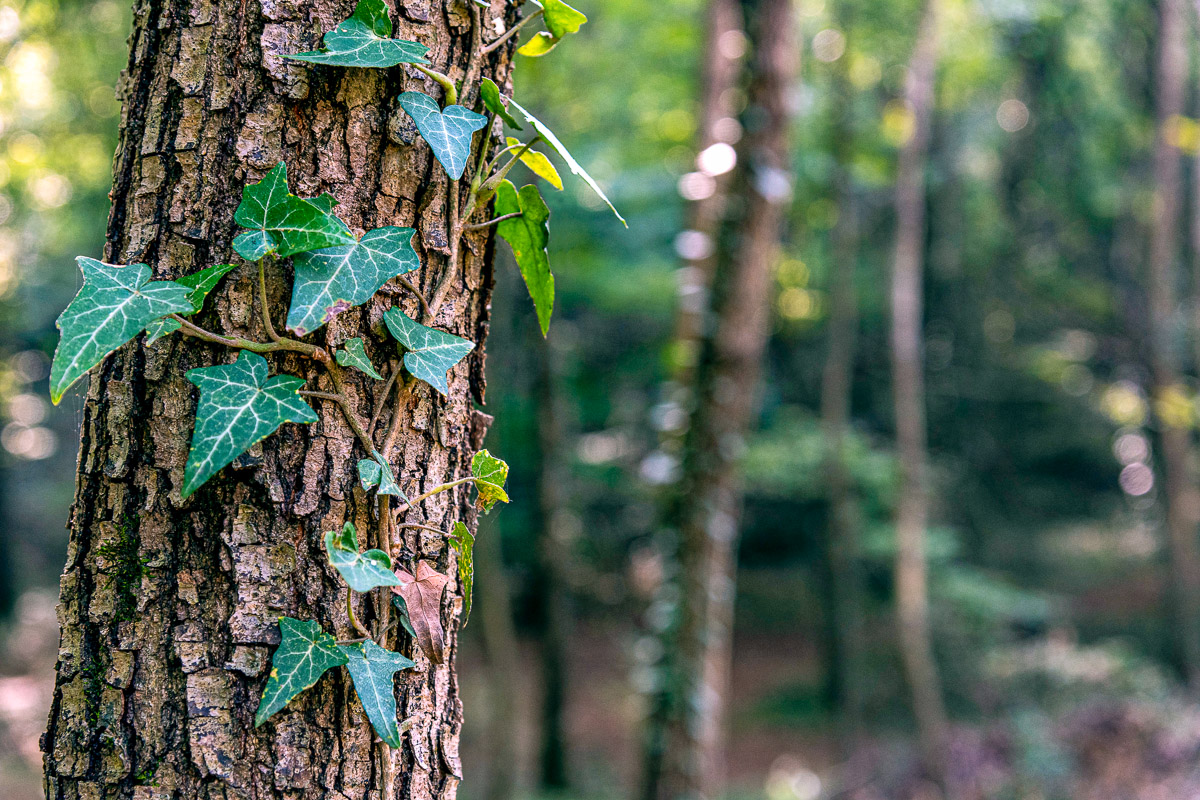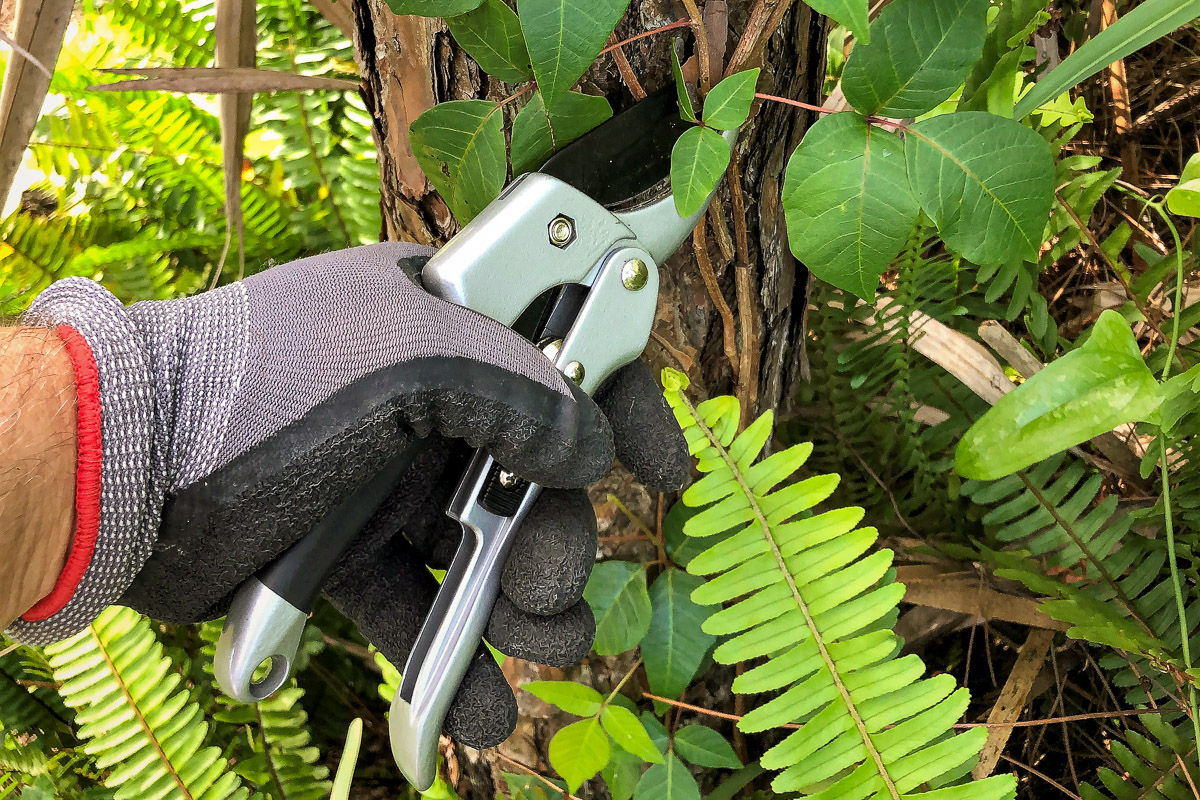The Five Best New Trees and Shrubs of 2021
Looking to add some new tree and shrub varieties to your garden? Check out this list of our favorite new plants of 2021.
Most weeds are short, fast-growing invaders that, at worst, elbow out the grass in our lawns or turn our garden beds into mini-jungles. But some weeds are big enough and muscular enough that they can kill even mature shade trees.
Woody, vining weeds such as Japanese honeysuckle, kudzu, mile-a-minute weed, wild grape, Oriental bittersweet, Virginia creeper, and the dreaded poison ivy are among those able to twine their way 40 feet or more up into trees.
Even planted vines such as ivy, trumpet vines, wintercreeper euonymus, wisteria, and climbing hydrangeas can harm trees if they’re allowed to grow into the canopy.

Omersukrugoksu / iStock / via Getty Images
Vigorous vines like these don’t harm trees by rooting into the wood and stealing nutrients and moisture directly, as some people think. Rather, the main threat is when the vine foliage grows up and over the tree’s foliage, depriving it of life-sustaining sunlight. This “overtopping” can lead to a slow death as the tree’s photosynthesis process shuts down.
A second threat is when vines wrap so tightly around tree trunks that they restrict the tree’s ability to move nutrients and moisture up and down its vascular system. In other words, the growing vine squeezes the tree into submission.
The third threat to tree health is when the added weight of the vine foliage causes branches to snap, which can open the door to fungal infections that can spread beyond the break. This is a particular problem with evergreen vines during snow and ice storms.

NoDerog / iStock / via Getty Images
Although it might seem like a logical solution, trying to pull big vines out of trees isn’t a good idea.
For one thing, it’s an almost impossible job for vines that have deeply woven their tentacles into a tree canopy and or latched on securely to the bark. If you try to pull these, you’ll likely pull off the bark and pull down tree branches with the vines, possibly onto yourself. And going up into trees with saws and loppers is even more dangerous.
Yanking poison ivy and other allergenic plants out of trees adds another risk from the allergenic oils that can get into the air, your eyes, and onto any exposed skin. Burning poison ivy – even if you succeed in getting it down – is an even bigger threat because people could breathe the oil-containing smoke into their lungs.
A much better approach is to cut each vine near the base. You may need a hand saw to sever big, thick vines. Just be careful not to cut into the tree bark. Disconnected from its roots, the above-ground vine growth will die and gradually decay in place or drop on its own.
The tree’s newly freed foliage should soon disguise the dead vines in the canopy, but more importantly, the vine’s damage is stopped in its tracks. Stop vine regrowth by spraying the stubs with a non-selective herbicide, repeatedly cutting any new growth, or if possible, digging out the roots.
Obviously, the best answer to vines growing into trees is to prevent them from growing up there in the first place. Scout trees periodically to remove any climbers from around the base of trees or at least cut back vines before they reach the canopy.
Also, just because you’ve eliminated existing vines doesn’t mean new vines won’t sprout to take their place. The same seeds that led to the earlier problem are likely in the nearby soil.
Prevent a repeat by planting a dense groundcover of non-climbers around trees, mulching bare ground, and/or scattering granular weed-preventers such as Preen Extended Control Weed Preventer over surrounding beds twice a year.